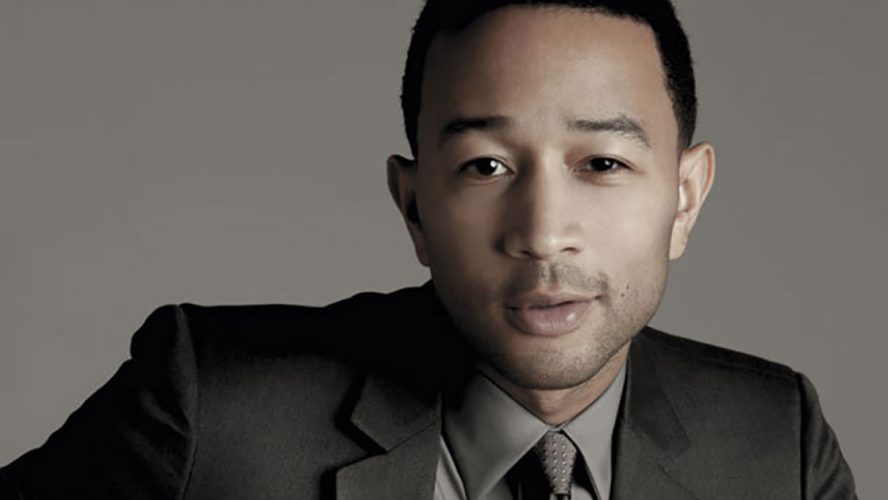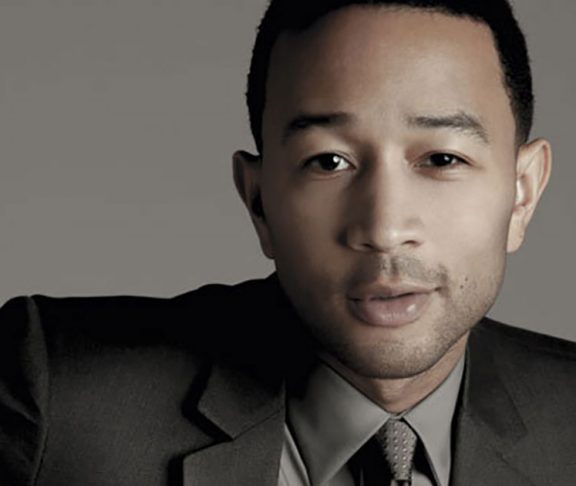Legend is a tireless defender of those from challenging backgrounds, advocating for solutions which break the poverty cycle through his non-profit organization, the Show Me Campaign.
A voice for the voiceless
Already sitting on the boards of Teach For America, The Education Equality Project, and the Harlem Village Academies, Legend fights for education equality by spreading his message in visits to classrooms, influencers and media across the country. “Many of our schools are literally and figuratively crumbling, and we’re not giving kids, especially low-income and minority kids, the chance to succeed,” says Legend. “It’s currently the reality that where a child is born, what color that child is, and/or how much money that child’s parents make determines the quality of his or her education and life prospects. That’s not just, that’s not fair, that’s not — but it’s happening,” he adds.
The numbers of oppression
Staggering statistics reflect the reality of these statements, with 86 percent of Latino and 86 percent of Black middle and high school students reading below grade level, as well as 50 percent of students from low-income communities failing to graduate high school.
Further exacerbating the problem, 20 percent of teachers in urban districts quit every year, while nationally 46 percent of teachers quit before their fifth year, a turnover that costs the United States $7.34 billion annually. Yet remaining optimistic, Legend gives reason for hope.
An opportune future
“We are seeing proof at all levels that when students from low- income communities have great teachers and go to great schools, they are able to achieve what was thought to be impossible,” contends Legend. He points to schools like New York’s Harlem Village Academies, whose students, upon entry, are among the lowest achievers in the country, and yet three years later boast unanimous success rates in multiple subjects and a number-one math ranking in the state.
Chicago’s own Urban Prep Academy, an all-male, all-Black public high school, has graduated 100 percent of its students into colleges for the second year in a row, despite only four percent of students reading at grade level upon entry.

